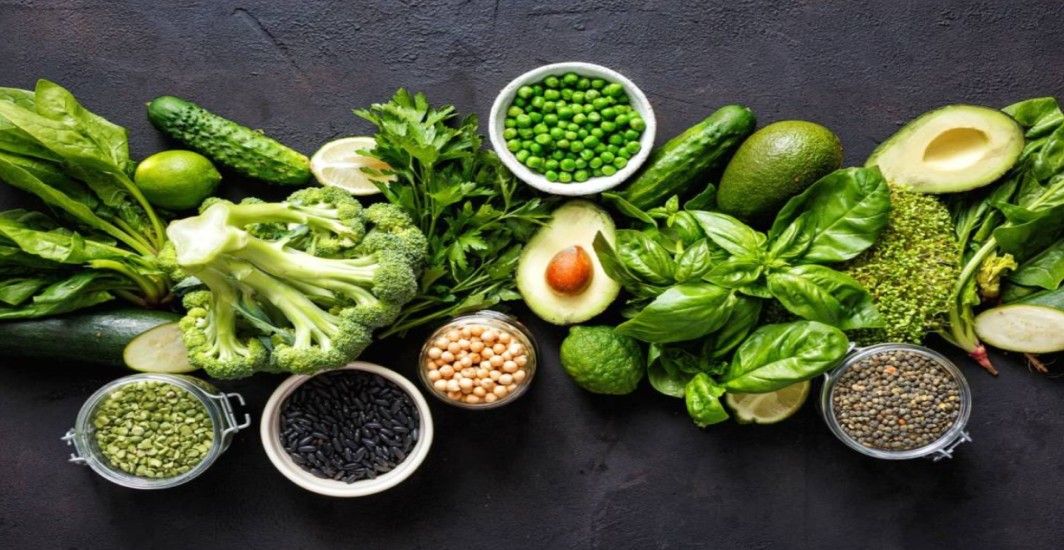Diabetes Management
Understanding Estimated Average Glucose (eAG): What Does It Mean?
3 min read
By Apollo 24|7, Published on - 15 September 2023
Share this article
0
0 like

Managing diabetes involves keeping a close eye on blood sugar levels. Estimated Average Glucose (eAG), or HbA1c (%) is used by healthcare providers and individuals with diabetes to measure long-term control. In this blog, we shall explore what eAG means, how it relates to your regular blood sugar measurements, and why it is a crucial tool in diabetes management.
What Is eAG?
Estimated Average Glucose (eAG) is a numerical value that provides an estimate of your average blood sugar level over a certain period, typically over the past 2 to 3 months. It's expressed in milligrams per deciliter (mg/dL) or millimoles per liter (mmol/L).
eAG vs. A1C: What's the Difference?
eAG and A1C are both important measurements in diabetes management, but they show information in different ways. A1C is a percentage that tells you the average amount of sugar attached to your red blood cells over the last 2-3 months. On the other hand, eAG gives you the same kind of average blood sugar information, but it's presented in the same units you see when you check your blood sugar every day. This makes it simpler for people to connect their regular blood sugar tests with their long-term control.
Why is eAG Important?
eAG serves several important purposes in diabetes management:
· Understanding Control: It offers a more relatable perspective on your long-term blood sugar control. Instead of percentages, you see a number that you are more familiar with. This makes it easier to grasp how your diabetes management is progressing.
· Treatment Adjustments: eAG helps healthcare providers determine whether your current treatment plan is effective. If your eAG is consistently above or below your target range, adjustments can be made to your medication, diet, or exercise regimen.
· Goal Setting: It allows you to set realistic blood sugar targets. By knowing your eAG, you can work with your healthcare team to establish specific goals for better control.
· Motivation: Tracking eAG provides motivation to maintain healthy habits. When you see improvements in your eAG, it's a tangible indicator that your efforts are paying off.
How Is eAG Calculated?
The formula for calculating eAG is derived from the A1C value using the following equation:
eAG (mg/dL) = (28.7 × A1C) - 46.7
For those using the mmol/L unit, the equation is slightly different:
eAG (mmol/L) = (1.59 × A1C) - 2.59
Healthcare providers often use eAG to complement A1C results, offering a more comprehensive picture of your diabetes management.
Conclusion
Estimated Average Glucose (eAG) is a valuable tool that provides a clear and relatable way to assess your long-term blood sugar control, enabling better communication with healthcare providers and more effective diabetes management. By understanding and tracking your eAG, you can make informed decisions about your treatment plan, set realistic goals, and take steps towards a healthier and well-managed life. Always consult your healthcare provider for guidance on interpreting and using eAG data to optimize your diabetes care.
Diabetes Management
Consult Top Diabetologists
View AllLeave Comment
Recommended for you

Diabetes Management
Understanding the Different Types of Diabetes
In a world where diabetes is increasingly common, understanding the different types can be crucial for early detection, effective management, and prevention of complications. Whether it's type 1, type 2, gestational, or even rare forms such as monogenic and secondary diabetes, each has its own causes and management strategies. Keep in mind that maintaining a healthy lifestyle is key to managing all forms of diabetes.

Diabetes Management
Understanding The Link Between Diabetes and Cancer
Diabetes shares several common risk factors with various cancers, such as poor diet, lack of exercise, obesity, and tobacco use. It is also associated with increased risk for some cancers like liver, pancreas, endometrium, colon and rectum, breast, and bladder. Management strategies should aim at holistic wellness - adopting a healthy lifestyle, can control diabetes and reduce the associated cancer risk. Understanding these associations is vital for effective patient care and disease management.

Diabetes Management
Optimal Vegetable Choices for Type 2 Diabetes Management
Managing type 2 diabetes can be made easier with the right dietary choices. Including a variety of low-starch, nutrient-dense vegetables in your diet can aid in blood sugar management, contribute to weight loss, and reduce complications. From broccoli to radish, learn how these common vegetables can be your allies in your diabetes management journey.
Subscribe
Sign up for our free Health Library Daily Newsletter
Get doctor-approved health tips, news, and more.
Visual Stories

8 Fruits That are Incredibly Healthy for Diabetes
Tap to continue exploring
Recommended for you

Diabetes Management
Understanding the Different Types of Diabetes
In a world where diabetes is increasingly common, understanding the different types can be crucial for early detection, effective management, and prevention of complications. Whether it's type 1, type 2, gestational, or even rare forms such as monogenic and secondary diabetes, each has its own causes and management strategies. Keep in mind that maintaining a healthy lifestyle is key to managing all forms of diabetes.

Diabetes Management
Understanding The Link Between Diabetes and Cancer
Diabetes shares several common risk factors with various cancers, such as poor diet, lack of exercise, obesity, and tobacco use. It is also associated with increased risk for some cancers like liver, pancreas, endometrium, colon and rectum, breast, and bladder. Management strategies should aim at holistic wellness - adopting a healthy lifestyle, can control diabetes and reduce the associated cancer risk. Understanding these associations is vital for effective patient care and disease management.

Diabetes Management
Optimal Vegetable Choices for Type 2 Diabetes Management
Managing type 2 diabetes can be made easier with the right dietary choices. Including a variety of low-starch, nutrient-dense vegetables in your diet can aid in blood sugar management, contribute to weight loss, and reduce complications. From broccoli to radish, learn how these common vegetables can be your allies in your diabetes management journey.


